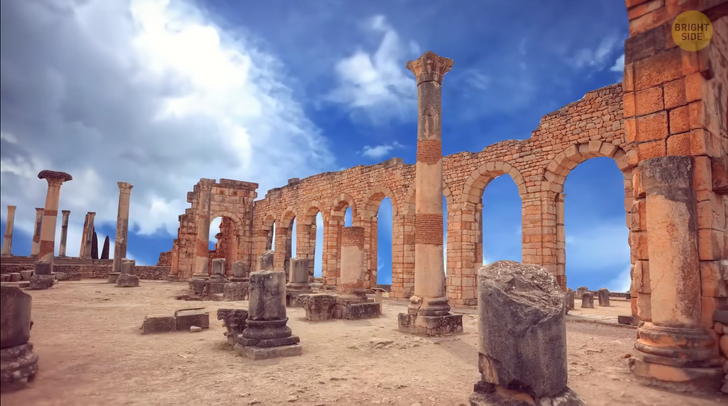6 Gestures That Show a Man Is in Love With You and 6 Signs That Show He’s Using You

The county of Kent, England has a cultural treasure called The Margate Shell Grotto. This subterranean passageway is lined with about four and a half million seashells, compiling an intricate mosaic. The gorgeous landmark was stumbled upon by accident in the 1800s, and it’s still engulfed in mystery to this day. That’s because no one knows who built it and why! Experts can’t even figure out how it was built, since they’d need to collect samples from the walls and the removed parts would be irreplaceable.
A brief analysis of the substance beneath these shells points to some sort of “fish-based” concoction. Some believe these walls were designed by some sort of evolved ancient civilization. Others described The Margate Shell Grotto as belonging to either Egyptian, Roman, Indian, or Phoenician architecture. One other potential explanation is that the masterpiece was a personal project of an eccentric Victorian aristocrat.
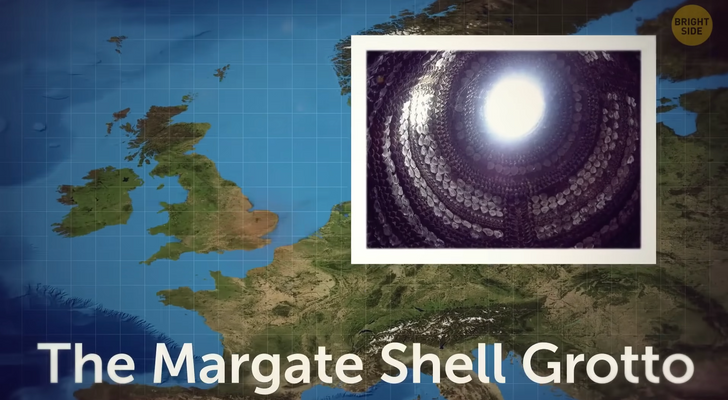
The Roman Colosseum used to be nearly twice as large as it is today! However, it did not survive in its full form throughout the ages. Let’s look at some of the history surrounding the Colosseum to piece the story together and how it managed to be scattered around town.
The construction of this building began in 70 C.E. under Emperor Vespasian. Ever since it first opened, it was home to a lot of activities and shows, featuring the mighty gladiators and a large array of exotic animals. Its architectural glory started to dim down in 217 when a fire struck the upper parapets and much of the building’s interiors. It took a whole century to finish up the repairs for the damages, but the initial form of the Colosseum would be gone forever.
The downfall continued with an earthquake that affected Southern Italy in 443. At this point, a big part of the Colosseum’s outer ring was damaged. After the siege of Rome, which happened in 472, locals encountered hardship, so a lot of them had to rely on selling pieces of limestone from the ancient Colosseum.
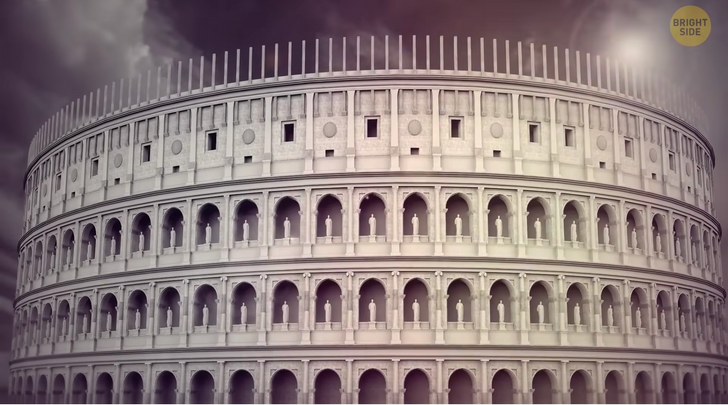
Its most devastating blow came from another earthquake, which happened in 1349. This is when the south side of the building completely collapsed. That’s when it started to look more like the building we can see today in the Italian capital. However, the pieces of stone that were shaken off from the Colosseum were used to rebuild other famous landmarks in Rome. So, if you think about it, the missing part of the Colosseum isn’t missing at all, it’s just been repurposed, scattered around the city.
Official efforts to preserve the Colosseum started around the 17th century and have been developing ever since, culminating with the massive roman building being named one of the Seven Wonders of the World in the 21st century. The Colosseum may be the most famous, but it’s certainly not the only ancient amphitheater worth mentioning.
Continuing the list is the Amphitheater of El Jem which dates back to around 238 C.E. You’ll find it in the small Tunisian town of El Jem. History connoisseurs may know El Jem as one of the best-preserved Roman stone ruins in the world. It stands at about 100 feet tall and has the capacity to host around 35,000 people.
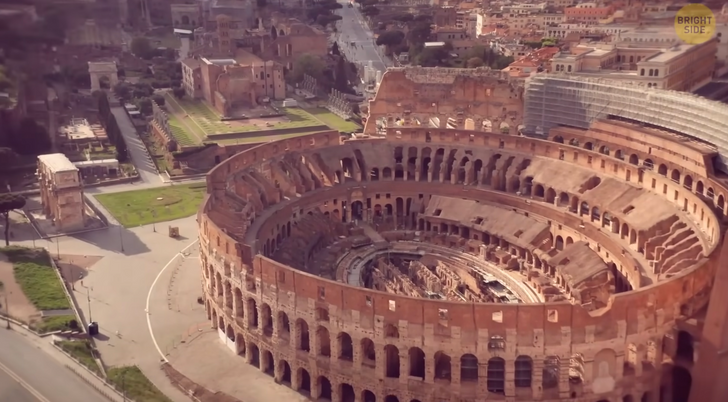
No list of important ancient sites is complete without mentioning the glorious city of Pompeii, in Italy. A massive eruption of the Vesuvius volcano covered the entire city in a considerable layer of volcanic ash. Luckily for us though, what was left underneath that layer was very well-preserved, and it has been studied ever since its discovery, in the 1800s.
Pompeii was originally inhabited by the Oscan Tribe long ago, but it was then transformed into a colony, during the ages of the Roman Empire. It has some of the best-preserved villas, baths, shops, and even residential buildings. Tourists can also walk across paved streets and see artworks like sculptures, mosaics, and wall paintings.
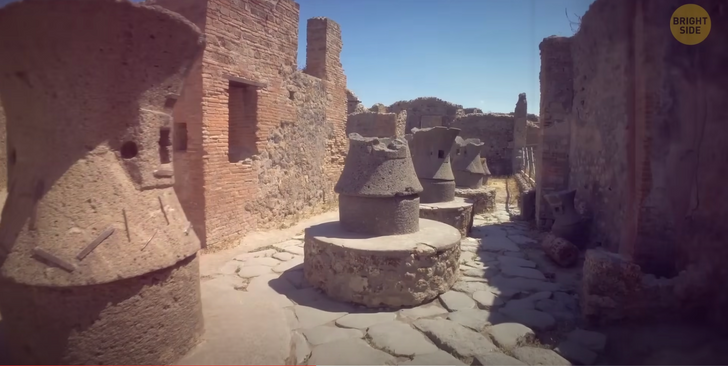
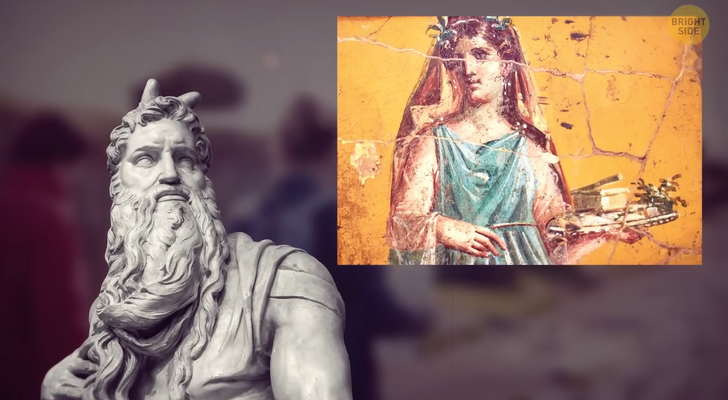
When visiting Peru, most people head over to Machu Picchu, but let me tell you a little secret: Machu Picchu is not that ancient, as it’s estimated to have been built in the 15th century C.E. If you’re looking for something a bit older, the ruins of Caral — also situated in Peru — might be a better choice, as it’s one of southern Americas’ oldest urban areas. No sign of brutality was ever found here in this area, so archaeologists suggested that this place was home to a peaceful society.
It’s believed they used commerce to make ends meet and they also enjoyed music. That’s because one of the most significant discoveries made here at this site was the impressive collection of musical instruments, which featured 37 cornetts made of animal bones, like deer and lama. Another 33 flutes were found here, which were estimated to date as far back as 2170 BC.
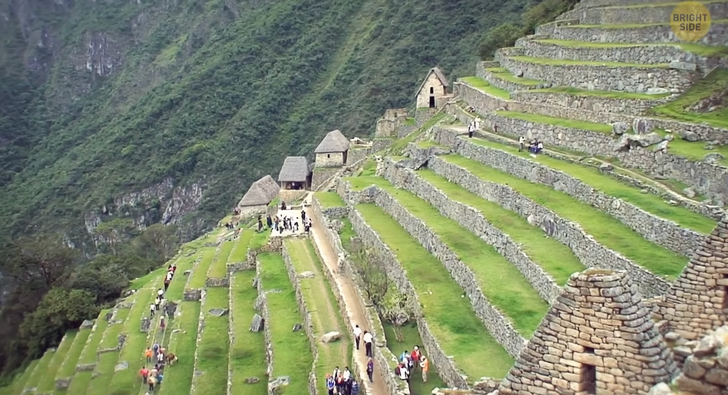
The ruins of the ancient city of Pella are located in Jordan and date back to over 6,000 years ago! They are also a great example of advanced societies that have been long gone, as it features ancient theaters, roman baths, and a fountain house. What makes this location even more important is the fact that archeologists believed it has been populated ever since the Stone Age.
The Ancient Theater of Fourvière is a secluded gem, hidden in the French city of Lyon. Archeological data estimates that it was built over 2,000 years ago, and it offers a gorgeous view of the city. Able to seat about 10,000 people, this ancient theater is home to the famous Nuits de Fourvière [nu-EEH de foor-VIER], a music festival.
Back in Greek and Roman times, it was named Heliopolis — or the City of the Sun. These days, Baalbek features a temple complex that’s home to two of the biggest Roman temple ruins: the temples of Bacchus and that of Jupiter. Should you want to visit it, you’ll need to head over to eastern Lebanon, where these temples are wonderfully preserved to this day. We do know they date back to about the second or third century.
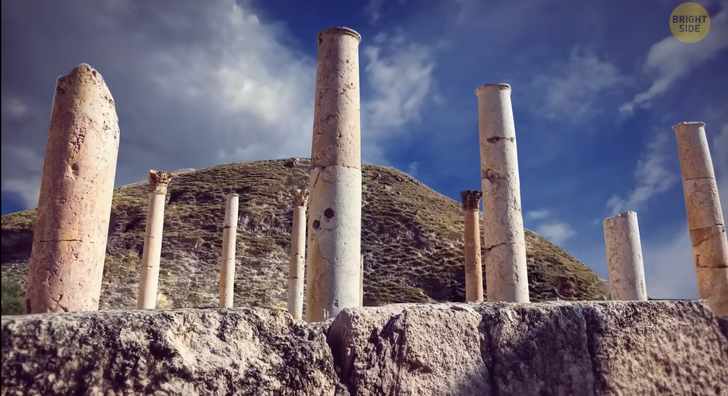
The Ellora Caves in India are said to date as far back as C.E. 600, and they stretch across more than 1.2 miles.
Located in the state of Maharashtra, here’s where you can visit a rare array of 34 temples, that were intricately carved out of the mountainside. They are filled with delicate works of art, like paintings and sculptures.
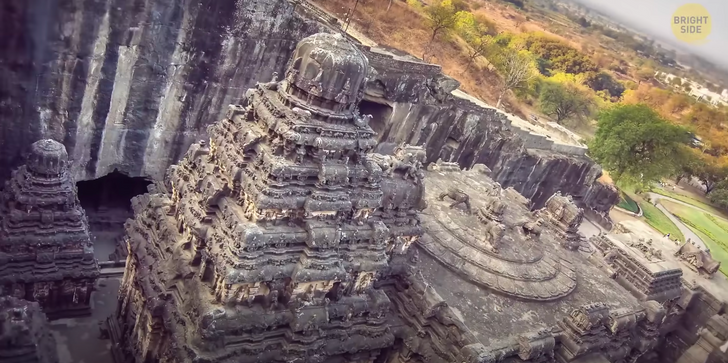
The Cradle of Humankind is home to the oldest record of humankind’s history. It is located near Johannesburg in South Africa and features some of the oldest hominin fossils ever discovered. Here you can find roughly 40% of the world’s human ancestor fossils.
One interesting fossil is that of an Australopithecus africanus called Mrs. Ples, who’s estimated to have lived around two and a half million years ago! Fun fact, they even let you organize a wedding here.
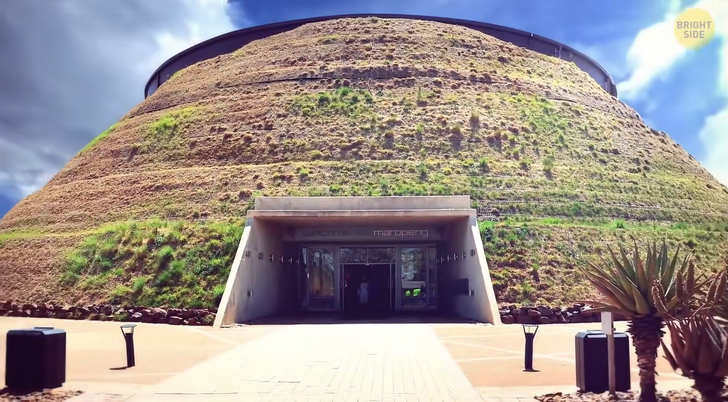
It’s hard to imagine that this site used to be the location for the biggest trading center in the world, back in the 3rd century. However, since the ruins of Volubilis are some of the best preserved in the world, they can still paint us a pretty accurate picture.
With its majestic House of Commons and the Triumphal Arch of Caracalla, Volubilis was the farthest city of the Roman Empire and a key location for the kingdom of Mauretania. It would have been in an even better condition if it weren’t for an earthquake that happened in the 18th century. If you ever want to check it out, be sure to head to Morocco’s Fez-Meknes region.
